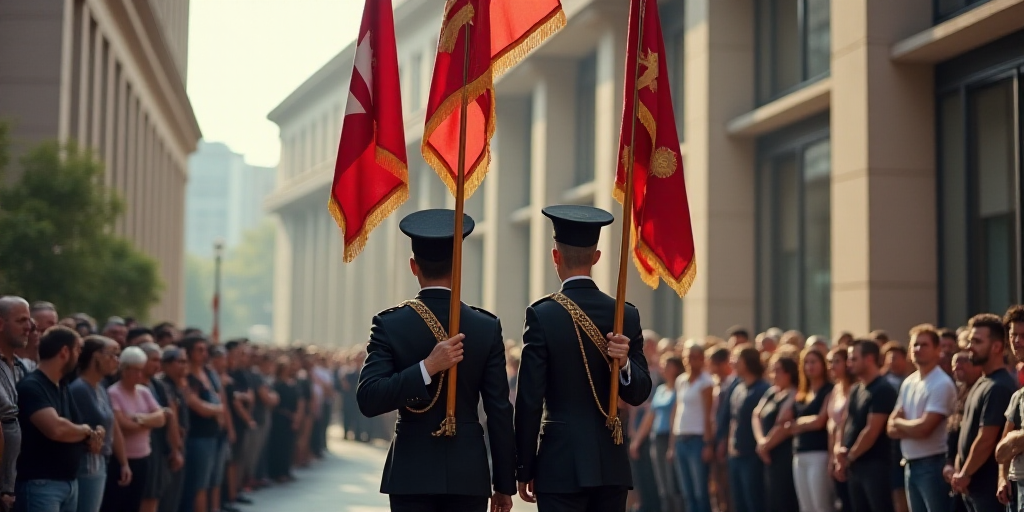Background and Context
On Monday, Ukrainian President Volodymyr Zelensky will meet with U.S. President Donald Trump at the White House, backed by several European leaders. The aim is to bridge growing differences over a peace agreement with Russia, following Trump’s summit with Russian President Vladimir Putin in Alaska last week.
Trump has been urging Ukraine to make significant concessions, including relinquishing Crimea and joining NATO—two key demands from Moscow. However, Zelensky insists on “peace by force” against Russia and emphasizes the need for security guarantees from the U.S.
Key Players and Their Stances
Zelensky met with European leaders before heading to the White House. He aims for a reliable and lasting peace for Ukraine and Europe, stating on social media: “We must stop the killings, and I appreciate our partners working towards a lasting and dignified peace.”
British Prime Minister Keir Starmer stressed the importance of a durable, just, and equitable peace. Italian Prime Minister Giorgia Meloni acknowledged a “small window for dialogue” and supported the idea of security guarantees for Ukraine.
Reports suggest Putin might accept Western security guarantees for Ukraine if a peace agreement is reached, but he reportedly rejected Kiev’s long-term NATO membership aspirations.
Recent Developments and Challenges
Amidst these negotiations, Russia continued its attacks on Ukraine, killing at least seven people, including two children, with drones and ballistic missiles overnight. Zelensky viewed these attacks as attempts to undermine diplomatic efforts.
The Trump-Putin summit in Alaska last week failed to establish a ceasefire in the nearly three-and-a-half-year war, which began with Russia’s large-scale invasion in February 2022.
Post-summit, Trump shifted focus from immediate ceasefire to a comprehensive peace agreement, implying ongoing negotiations while the war persists. His statements have alarmed Kyiv and European capitals, echoing Russian arguments.
Trump claimed on Truth Social that Zelensky could “end the war with Russia almost immediately” if he chose, but only by giving up Crimea and not joining NATO.
“Some Concessions”
Media reports indicate Putin might freeze most of the current front in Ukraine if Kyiv fully relinquishes the Donbas region in eastern Ukraine. However, this is deemed unacceptable by Ukraine, which still controls significant resource-rich areas.
Trump’s envoy, Steve Witkoff, mentioned Russia made “some territorial concessions.” Yet, Ukrainian control over occupied territories remains a sticking point.
Mariupol photographer Yevhen Sosnovskiy expressed confusion over Ukraine ceding controlled territory, stating, “Ukrainian control over any territory, even those occupied by Russia, cannot be relinquished.”
Key Questions and Answers
- Who are the main parties involved? The main parties are U.S. President Donald Trump, Ukrainian President Volodymyr Zelensky, and leaders from the UK, France, Germany, Italy, Finland, NATO, and the European Commission.
- What are their objectives? Zelensky seeks a reliable and lasting peace for Ukraine and Europe, while Trump pushes for significant concessions from Ukraine, including relinquishing Crimea and joining NATO.
- What are the challenges? Key challenges include Russia’s ongoing attacks on Ukraine, differing views on concessions, and the need for security guarantees from the U.S.






